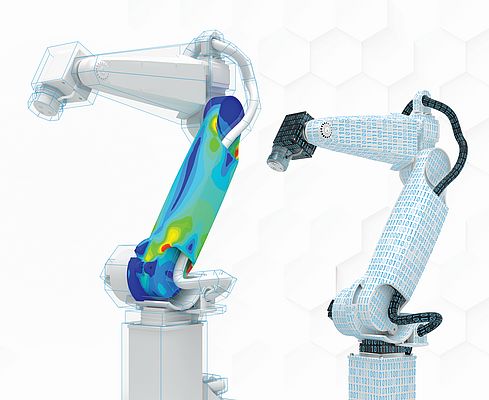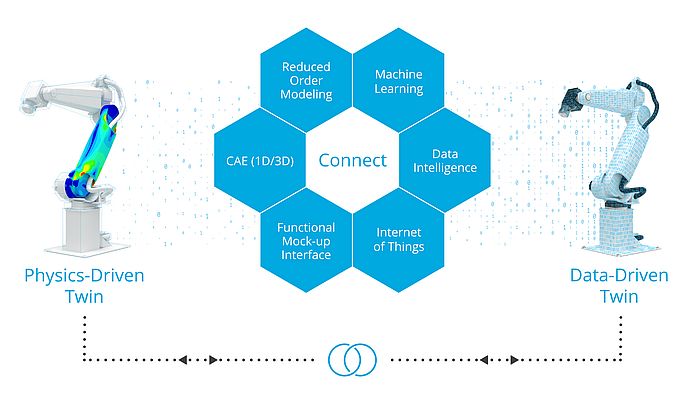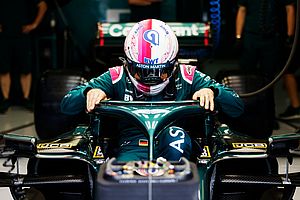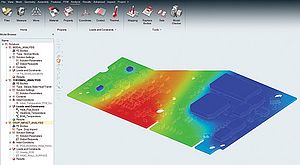As the name suggests, a digital twin is a digital representation of a physical object or system. Digital twins come in different forms and can be data-driven, physics-driven, or a combination of both. Data-driven digital twins help extend the life of current-generation products by collecting and monitoring operational data. Data generated by sensors and embedded systems, for instance, needs to be analyzed and visualized quickly to make informed decisions on the operations of a physical asset, such as predictive maintenance. Physics-driven digital twins help companies develop next-generation products by leveraging 3D and 1D modeling and simulation – optimizing performance, saving development time, and getting to market faster.
A digital twin is typically connected to the physical asset enabling fast, two-way communication. It provides the building blocks needed to solve complex problems, ensuring that product design, development, and operation processes yield better results. Organizations can use digital twins to re-engineer products, improve asset management, boost the efficiency of complex systems, and ensure product reliability and safety. They are also deployed for predictive maintenance, preventing expensive breakdowns.
Designing products and components
Furthermore, digital twins enable organizations to design products and system components to ensure compliance with regulatory requirements. For example, designers and manufacturers in the automotive, marine, and aerospace industries must comply with the environmental regulations of governments around the world. With digital twins, engineers can do exactly that. In addition, digital twins can allow smart utilities to better manage assets. A smart utility can use digital twins to leverage real-time data i.e., generated from sensors connected to distributed energy resources (DERs) such as solar panels and wind turbines. The utility can then use data intelligence and machine learning to analyze the data and gain important insights into the product.
With new product development, when no operational data is yet available, the initial design is usually based on best-guess assumptions. Without operational data, though, a new product might not be designed as well as it could be. In this case, a digital twin can help handle the task. Once a prototype of the new product has been built, its digital twin can be used to analyze the operational data and feed it back into the development model for improvements. Using machine learning, the data generated from any type of operational scenarios can then be analyzed to predict situations where the new product might not function as desired and can help engineers identify and fix issues that might occur.
Product design innovation
For organizations using them, digital twins are significantly driving innovation in product design and engineering. Digital twins include features and capabilities that allow engineers to have greater control in the design, engineering, operation, environment, and re-engineering of products and systems. They allow for continuous development, which is typically driven by both a physics-based digital simulation and insights gained from data generated throughout product operations.
Digital twins make it possible for corporations to collect and aggregate data from multiple disparate systems, including the operational data of physical assets. Digital twins enable organizations to run simulations and stress tests, monitor systems, predict failures, and more without having to interrupt or stop operations.
Some digital twins allow businesses to take advantage of advanced technologies such as machine learning and neural networks to solve complex problems. For example, machine learning can be used to recognize patterns in usage data, leading to the development of products with improved performance.
Conclusion
As this article shows, there are many use cases, types, and definitions of digital twins. To be successful in the application of a digital twin, each organization must find its own definition and type. There is no out-of-the-box solution which works best for everybody. Altair, a global technology company providing solutions in product development, high-performance computing, and data intelligence, has created a complete yet open digital twin platform which helps organizations to design and deploy the digital twin solutions that are right for them – may they be data-driven, physics-driven or a combination of both.
Leveraging IoT, machine learning and data intelligence, Altair’s digital twin platform uses data science and fully digital simulation to “twin” a product, optimizing performance, reliability and extending its lifecycle, as well as helping make smarter, faster and more informed decisions to improve on next-generation designs.
By Christian Kehrer, Business Development Manager - System Modelling, Altair






















